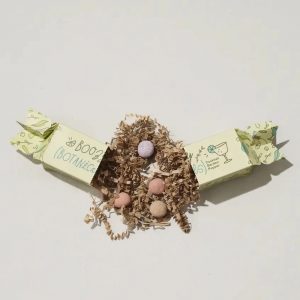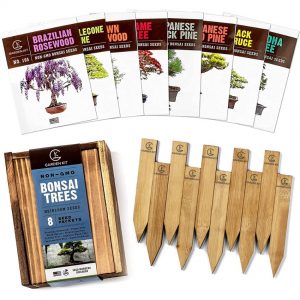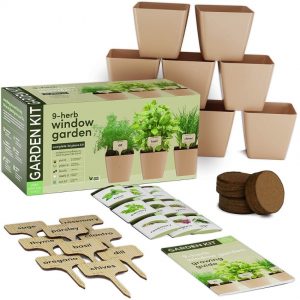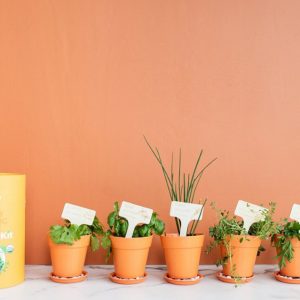Bonsai I is a very beautiful ornamental plant that is placed in one or two pots in many homes. It looks very unique and has a very natural character, and bonsai trees are very popular as a rather special species of tree. Bonsai has a long history in China, but nowadays few people know how to keep it well.
If you are a novice bonsai enthusiast, how are you going to look after these unique plants? Here are a few basic principles for caring for cultivated bonsai trees.
First point: light

Bonsai trees should be kept in direct light for at least 5-6 hours a day, although this requirement will vary slightly depending on the type of bonsai tree, giving direct or diffused light depending on whether the tree likes light or not, but it must not be kept in the excessive shade.
We see bonsai trees at many horticultural shows placed indoors in shade, but after the show, these bonsai trees just have to be moved to a sunny spot and can only be kept in shade for a short time.
Normally caring for a bonsai tree requires more direct light every day, so if your bonsai tree is kept in an area with little sunlight, you will need to increase the light slightly and keep it in sunlight for a long time to make it grow better.

You should not expose your bonsai tree to sunlight all at once though, if you move from a low light area to a strong direct light environment, it is to do so gradually.
Bonsai trees should also avoid too much artificial light lighting, as this does not give the bonsai tree the spectrum it needs.
Point 2: Watering attention
Bonsai trees need to be watered regularly, usually when the soil is dry under the surface, 2 to 4 cm, and then watered thoroughly each time, avoiding only a little water and not letting the soil dry out completely.

For example, in summer and winter there is a big difference, when the sun shines more, you have to increase the frequency of watering, and when the temperature drops and the sun shines less, you have to reduce the frequency of watering.
Check the soil regularly, but avoid damaging the roots. Water preferably in the morning, or even in the morning and evening in the summer when temperatures are high.
In winter, when the temperature drops, water more than once a week during the dormant season, when too much water is very bad for the bonsai’s growth.

If the sunlight exposure becomes less, watering should be reduced; if the amount of sunlight exposure increases, watering frequency should be increased.
Point 3: Soil selection
To cultivate a bonsai tree you need to use a specific potting soil. You can buy bonsai soil directly from a florist; each type of bonsai tree requires a different type of soil for cultivation.
A good potting soil will maintain better water retention and good drainage, avoiding waterlogging of the soil, and it should also have a certain level of fertility and maintain a proper pH, or acidity and alkalinity of the soil, keeping it between 6.5 and 7.5 is most suitable.
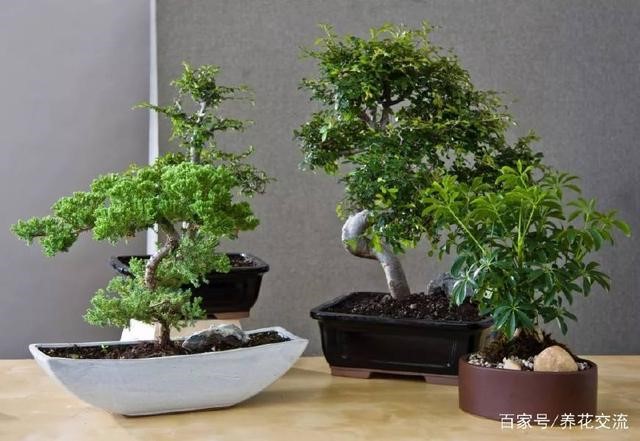
Bonsai trees should also be changed regularly, this depends on its root growth condition of the bonsai tree, from one pot to another pot to choose the right time, it is best to change the pot during the winter dormancy, dormant period more will not store a lot of energy, will be able to quickly resume growth after the change.
Point 4: Soil and changing pots
Bonsai trees are generally maintained in pots that are changed once every 1 to 5 years, if the usual care is relatively normal, this is still a difference of species.
Some bonsai trees with faster growth and younger plants are generally meant to be changed once every one or two years, while some older bonsai trees should be changed once every five years or so.

In addition to observing the renewed growth, you can also look at its leaves. If the bonsai tree still has a constant flow of new leaves growing and the young leaves that have just grown turn yellowish, this is evidence that it needs to be changed.
If small shoots also appear on the branches at the bottom of the bonsai tree, the time to change the pot is to prune the roots of the bonsai tree appropriately.
Point 5: Fertilisation and proper pruning
Bonsai trees should be pruned regularly to avoid over-exuberance of branches and leaves, and to maintain a certain stature so that they are more ornamental.
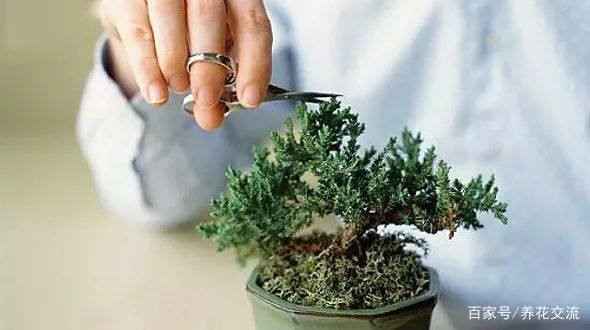
Bonsai trees must be fertilized regularly and with a special bonsai fertilizer, or less frequently if they are indoor bonsai.
The frequency of fertilization for bonsai trees is a little higher than for normal bonsai plants. To maintain a bonsai tree you should give the right amount of nitrogen, phosphorus, and potassium fertilizer, preferably with a special bonsai fertilizer. When fertilizing, always choose to fertilize during the growing season and avoid fertilizing during the dormant winter months.
To keep the bonsai tree in good condition, it must be pruned regularly to give it a good shape. Pruning should be done at the right time, preferably when it has just stopped dormancy and resumed growth, and the pruning tools must be sharp.
If a bonsai tree grows too tall, it is important to pinch the top so that its height can be controlled and a good shape maintained.

